News

One of the most sensitive methods for chlorine determination
BAM researchers develop method for determining chlorinated contaminants in water by molecular absorption spectrometry:
Chlorinated chemicals are well-known as long-lasting water contaminants. Many of them are formally recognized by the Stockholm Convention on Persistent Organic Pollutants (POPs). Although their toxicity and…
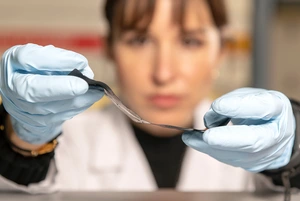
BAM uses face recognition algorithms to improve environmental balance of electric batteries
Based on the distribution of lithium isotopes, the ageing of lithium-ion batteries can be determined and evaluated:
The Bundesanstalt für Materialforschung und -prüfung (BAM) has developed an innovative method that uses algorithms from face recognition to determine the ageing of lithium-ion batteries. The method is intended to help…
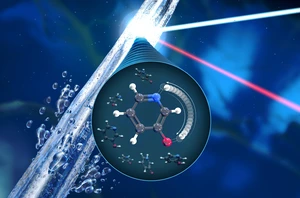
Unravelling tautomeric mixtures
Resonant inelastic X-ray scattering (RIXS) at BESSY II provides detailed information on properties and biological function:
A team at HZB has developed a method of experimentally unravelling tautomeric mixtures. Based on resonant inelastic X-ray scattering (RIXS) at BESSY II, not only proportions of the tautomers can be deduced, but the…
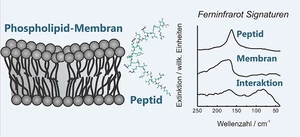
Probing molecular interactions of antimicrobial peptides
Researchers at PTB in Adlershof identified characteristics that make the peptides alternative drug candidates for conventional antibiotics:
The far-infrared spectroscopy in the so-called terahertz (THz) spectral range (wavenumbers from 40 cm-1 to 400 cm-1) allows for the non-invasive probing of biomolecular interactions due to the detection of vibrational…

Young Scientist 2022 – Lia Beraldo da Silveira Balestrin
The Brazilian researcher received the award announced by LUM GmbH for her work on asphaltene deposition in crude oil:
From January 24th to 25th, 2022, LUM GmbH hosted the 10th International Conference for Dispersion Analysis and Materials Testing. 90 participants from 24 countries around the world took part. Five candidates from…
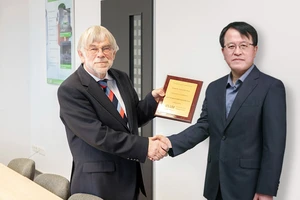
Hybrid international sales meeting 2022 successfully completed
Training on devices of the new LUMiSpoc® product line & new applications in battery and hydrogen research strengthen LUM GmbH in the world:
From January 20th to 21st, the International Sales Meeting of LUM GmbH took place for the 23rd time in a row. Despite the ongoing pandemic, the traditional face-to-face event could be held in a hybrid variant. The…
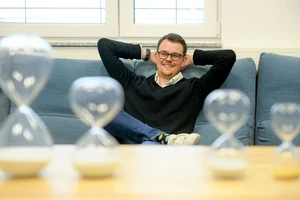
The melanoma hunter
Sebastian Ahlberg works on improving diagnostics in Adlershof:
Something to do with biology. This was a given for Sebastian Ahlberg, even when he was still at school in Güstrow, his hometown. Today, he is the head of a “start-up doing research” in Adlershof. This is what his…
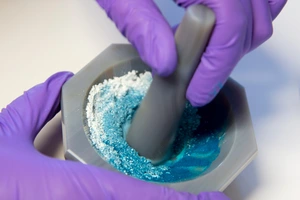
“Green” chemistry: BESSY II sheds light on mechanochemical synthesis
Researchers develop method to observe chemical processes in situ with X-ray scattering during mechanical treatment of reagents:
In mechanochemistry, reagents are finely ground and mixed so that they combine to form the desired product, even without need for solvent. By eliminating solvent, this technology promises to contribute significantly…

Beam diagnostics for future laser wakefield accelerators
Applications of “tabletop particle accelerators” for medicine and research brought closer by a new method which was developed by a team from HZB and PTB:
For decades, particle accelerators have been getting bigger and bigger. In the meantime, ring accelerators with circumferences of many kilometres have reached a practical limit. Linear accelerators in the GHz range…
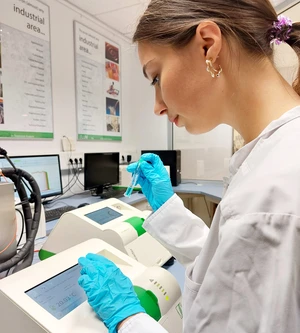
Practical learning at LUM GmbH
Adlershof-based analytics company continues education offensive in collaboration with the German Society for International Cooperation in 2021:
Many educational institutions have been struggling with the pandemic conditions since March 2020. At LUM GmbH, education is valued as one of the highest assets and attention is paid to the greatest possible practical…
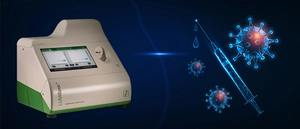
Support the fight against pandemics with nano metrology
Novel measuring system determines the concentration of nanoparticles – successful technology transfer from PTB to industry:
In Braunschweig and Berlin, time comes from atomic clocks, lengths are measured far into the nano-world, scientists do research on fundamental questions concerning the physical units, and the employees in the…
BAM develops methods for quantitative measurements of luminescent materials
Joint project launched in cooperation with Schott AG to determine the quantum yield of scattering luminescent particles and materials:
Tiny luminescent particles are used in more and more products today: from smartphones to OLED televisions to car headlights. For industry, exact knowledge of the luminescence efficiency is crucial. The Bundesanstalt…
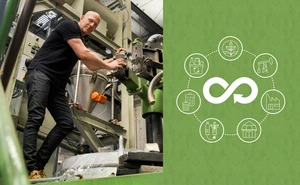
The future is circular
Phosphorus, iron, and rare earths — the Federal Institute for Materials Research and Testing (BAM) is investigating how important materials can be preserved and reused:
Talking to Christian Adam, an air of the eternal lies in the room. Our conversation is about continuous cycles that recovers materials and saves resources. Sparing the environment is one important goal of the circular…
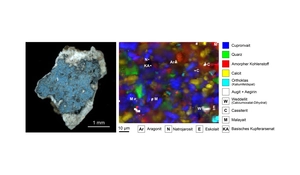
Research team elucidates complex spectrum of trace compounds in the first artificial pigment of mankind
Early Medieval Egyptian blue in laser light:
Art technologist Dr. Petra Dariz and analytical chemist Dr. Thomas Schmid (School of Analytical Sciences Adlershof SALSA at Humboldt-Universität zu Berlin and Bundesanstalt für Materialforschung und -prüfung BAM)…
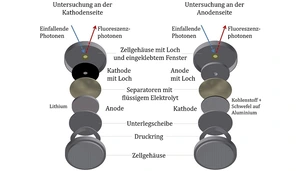
Operando Analysis of Aging Mechanism in Lithium-Sulfur Batteries
PTB team investigates causes for the capacity decrease:
High-energy density batteries play a crucial role for renewables, both as stationary storage system as well as for electric automotive applications. Every battery suffers under degradation effects leading to capacity…
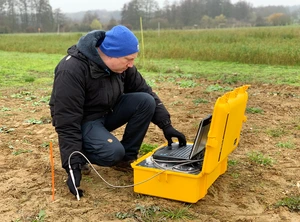
Diode lasers meet soil crumbs
Why portable Raman systems are now used in agriculture – the RaMBo measuring system from the Laser Sensors Lab at the Ferdinand-Braun-Institut in Adlershof:
Last November, it was finally done. The RaMBo measuring system was deployed for the first time on a field in Potsdam-Marquardt. Its goal: to determine the nutrient content of the soil. Phosphorus and nitrogen, in…
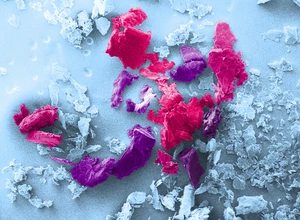
BAM researches the risks of tiny polymer particles
The toxicity of micro- and nanoplastics is being investigated in two large EU projects:
Particularly fibrous particles of micro- and nanoplastics are suspected of being harmful. They enter the human body via the air we breathe or the food we eat. Initial data indicate that they could lead to irritation…
GILUPI and SCIENION announce Collaboration for the Development of Single-Cell CTC Analysis
GILUPI GmbH and SCIENION AG announced that the companies intend to intensify their collaboration in the field of single circulating tumor cell (CTC) analysis. CTCs are rare cells that can be found in the peripheral…
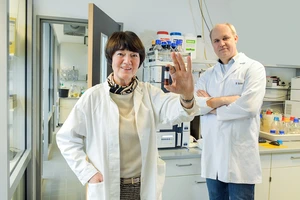
Knowing what’s inside
The Adlershof-based ASCA GmbH signed a cooperation agreement with the Federal Institute for Materials Research and Testing (BAM):
Drug residues in drinking water, food contaminated with pesticides, UV blockers in the Baltic Sea: Residues of chemical substances are found everywhere. The Federal Institute for Materials Research and Testing (BAM)…

PicoQuant releases new MultiHarp 160 – a scalable multichannel event timer and TCSPC unit
Designed for applications requiring up to 64 synchronized inputs without compromises in time resolution and data throughput:
During this years virtual SPIE Photonics West exhibition (March 6-11, 2021), PicoQuant will unveil its latest multichannel event timer: The MultiHarp 160, a plug-and-play time tagger and Time-Correlated Single Photon…